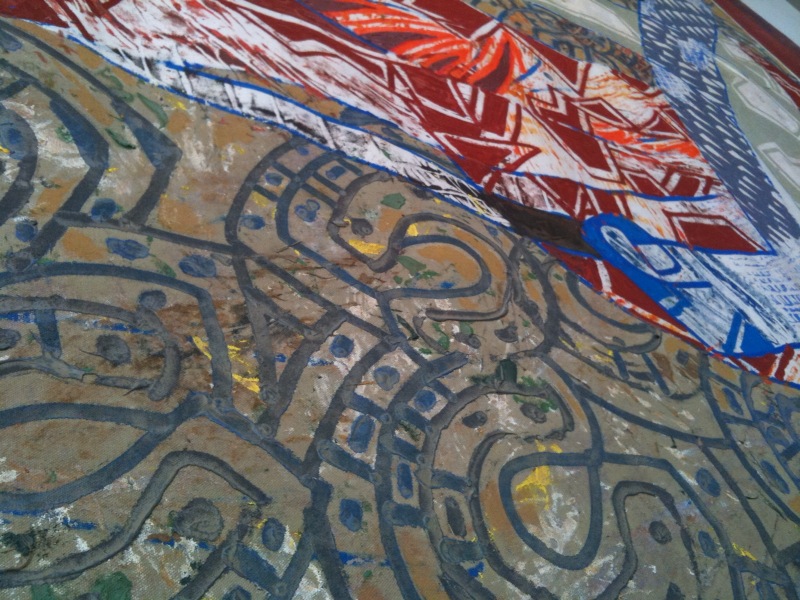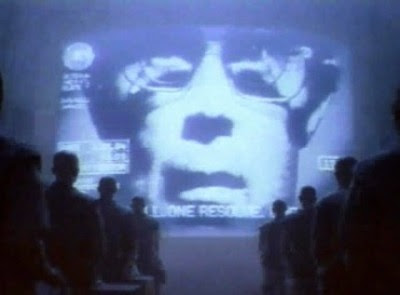I met a few of my Facebook friends face-to-face recently and they each told me I was posting too much and hence the stopped the stream somehow. I was not posting to Facebook directly, my tweets were being imported. I have tried to stop them, but forgot how I set it up. (I think I may have succeeded now, if it was a feed from Tweetdeck.)
This has got me thinking about the nature of social networks online.
I can see how my intentions were merged and confused. I have several. Here is a list of intentions relating to the public streaming flows, “parties”, not work groups.
To Read News
And to participate in a news community. I want to get my morning paper in a personalised way. I will follow people who send me stuff I want to read over breakfast. Everything from the NEW YORK TIMES to friends who update their life story, that is news to me. I will Like and repost etc and contribute to that feed.
To be in the loop with friends, family and acquaintances.
Social, professional to some extent, like a BBQ, global is OK! Yet there needs to me some mutuality so it is attractive for all who participate.
Community of Practice
I am in several areas that id like to be able to dip in and out of as the mood strikes. Art, Psychotherapy & Psychodrama, Online Community & Collaboration, Politics & Changing the world.
In all of these areas I like to learn & also further certain discussions I am passionate about.
Marketing
I believe it needs to be social & informative and ethical. I am interested in marketing, not so much my psychotherapy practice but Kate Tapley Horse Treks.
Sharing Photos & Files
Part of all of the above, but one place for photos would be good, I don’t want to upload twice.
My Activity Stream
It would be interesting to have one place where whatever did that was public was posted.
How to make all that work??
The question is how do I use various services work together & individually to meet those needs?
I think the consideration of these things and learning how to tweak and garden these flows will lead to some simple effective use.
The tools may not be the primary factor here. For example Esther Dyson somehow manages a loft of this on flickr.
My current set up is
- Twitter for news
- Facebook (from now on) for friends and possibly various lists within it for community of practice.
- FriendFeed for activity stream.
Or will it just drive me all mad, & I will I just stick to Twitter for the lot, which is so simple!
- Flickr for photos.


.jpg)


